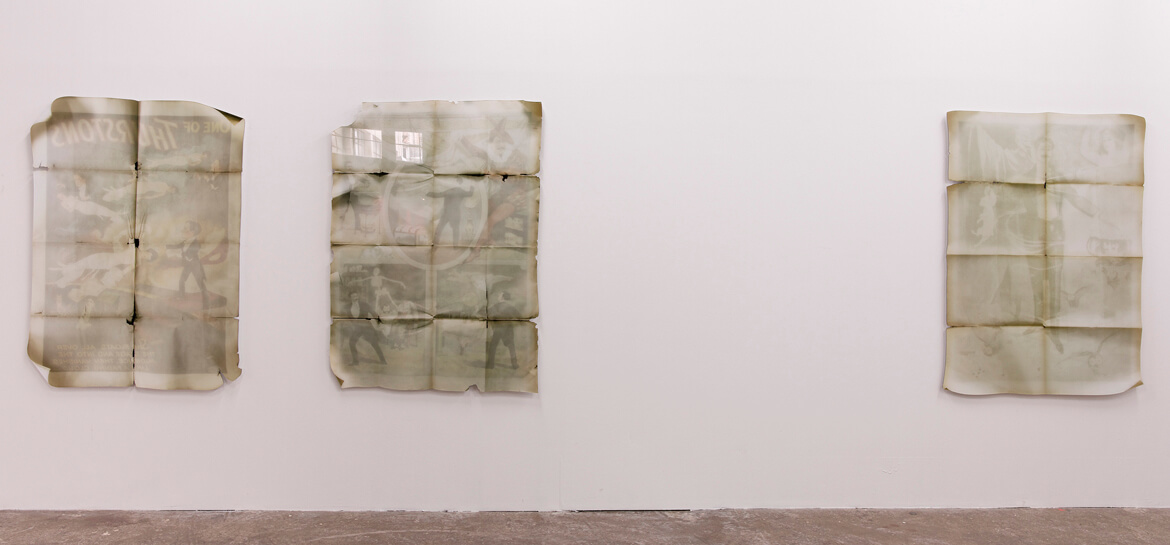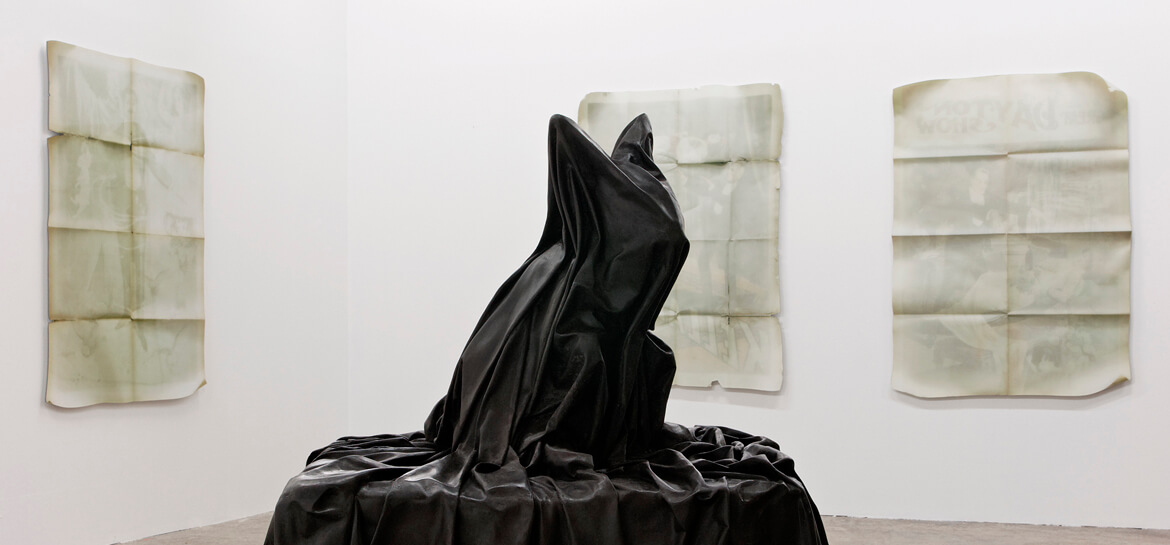
SEARCH THE ENTIRE SITE

Lars Morell
The work of Lars Morell (b. 1980, lives and works in Oslo) has its roots in the artist’s wide-ranging curiosity, encompassing ancient scientific discoveries and cabinets of curiosities as well as pop music and magic shows. This modus operandi allows Morell to devise an analytic approach tinged with dreamlike, mystical touches. By instilling an element of magic, he creates installations in which illusions stimulate the spectators’ eyes and minds.
For his installation at the Palais de Tokyo, entitled Porta’s description, Lars Morell envisions the exhibition space as a theatrical, illusionist space, somewhere between uncertainty and tangible proof, in which the works become as many mysterious theatrical props. The artist refers here to an essay by Italian physicist Giambattista della Porta entitled “How to see, in a room, things that aren’t there,” published in 1558 in the volume Magia Naturalis. In this essay, he explains how one might, through optical illusions and games of smoke and mirrors, produce apparitions and disappearances of silhouettes, an effect that flourished in the second half of the 19th century when it was frequently employed by magicians.
With the support of

